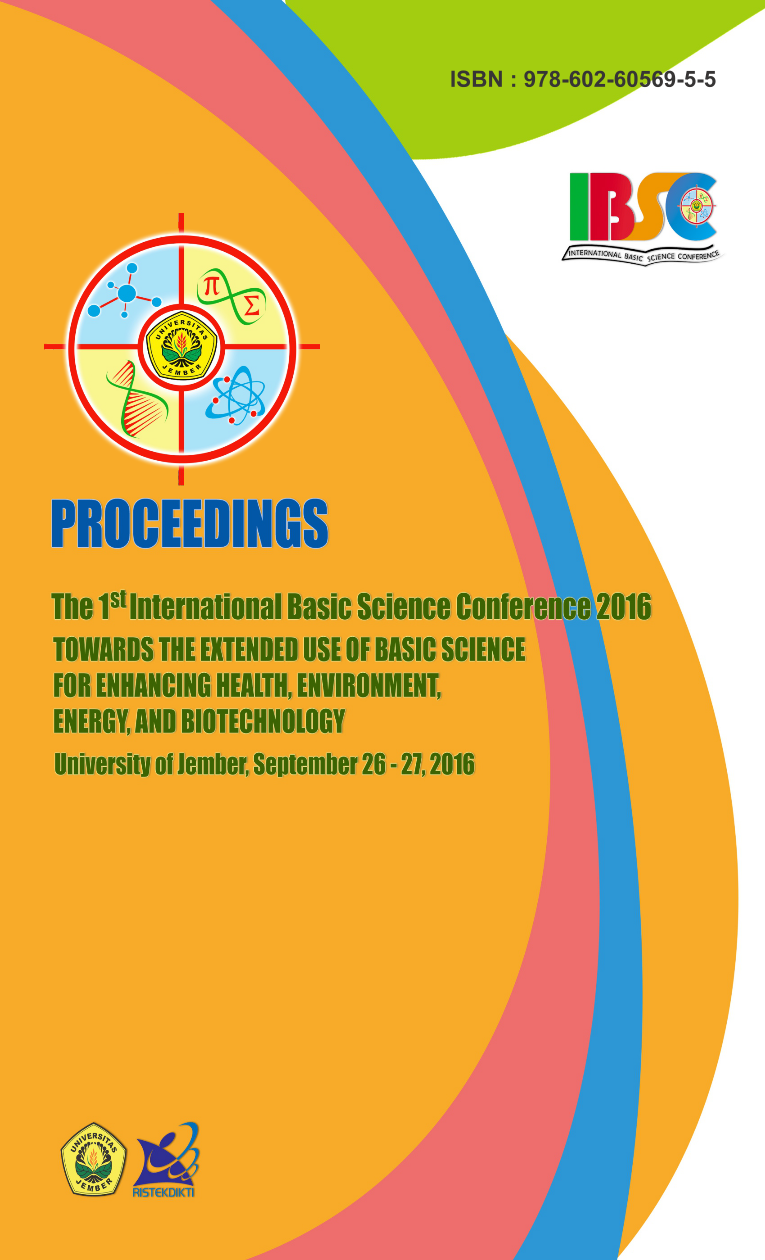Seismic Resolution Enhacement with Spectral Decomposition Attribute at Exploration Field in Canada
Abstract
Seismic data that has a high resolution is very important used to describe hydrocarbon reservoirs in detail. Inconventional seismic data, the available bandwidth is limited and cannot map the thin layers that seen on well data, therefore, the way to improve the resolution of seismic data is needed. In this research, the method used to improve the resolution of seismic data is spectral decomposition. Spectral decomposition can characterize the seismic response at a particular frequency, and can also be used to filter the data, eliminating signals that are unwanted or increase the quality of data. Spectral decomposition method used is the Continuous Wavelet Transform (CWT). This study had been carried out by implementing CWT in certain wavelet and frequency to analyze the seismic resolution. The various wavelets had been used this study, are Morlet and Gaussian. The various frequencies of 2 Hz, 14 Hz, 20Hz, 25 Hz, 31 Hz, and 51 Hz in 1180 inline. The results obtained from this study show that the use of higher frequency shows better separation. In addition, the application of seismic data in the area of research Penobscot, the best separation of thin layer is in the tuning frequency 51 Hz using Morlet wavelet in 1180 inline.
Downloads
Download data is not yet available.
Downloads
Published
2017-08-08
Issue
Section
General


